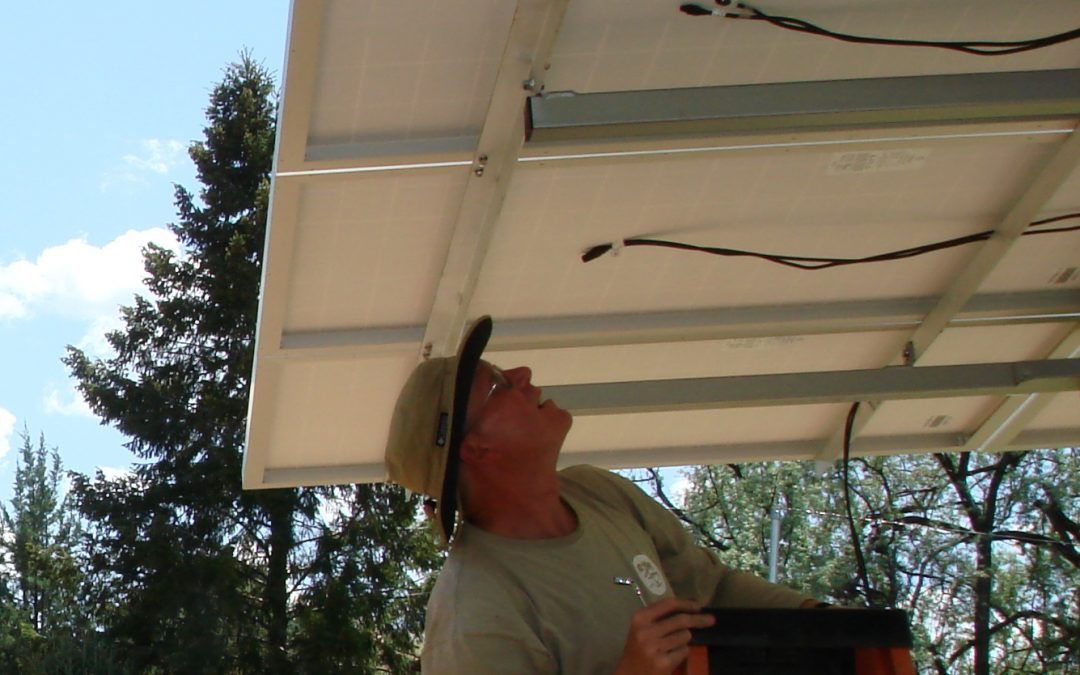First and foremost, what is a solar energy? To be direct to the point, it is said to be the most abundant energy in this planet. Basically, it is a kind of energy that comes from the sun and is converted to electricity. Also known as solar radiation, it enters Earth in the form of light and heat. This is the energy. But when it is absorbed through the panels, it changes into electricity which is now called solar power.
Moreover, such equipment that does the job is called solar panels. These tools are used for the converting process from solar energy to solar power.
HOW DO THEY WORK
But before anything else, let’s have a quick look on what solar panels are made of. One of its important components is the solar cells or also called as the photo-voltaic cells. According to NASA, the scientific term is used to describe the conversion of light into electricity. But we’ll get back to that later. Moreover, these cells are made up of silicon that acts as a semiconductor.
So, the process begins as the sun shines brightly on the solar panels. What happens next is that the cells will collect the light needed for the following step. Following it, this is where photo-voltaic comes to place. What it does with the light is that it changes it from heat to direct current. But the process doesn’t stop there. Since the US uses alternative current instead, DC will be converted through an inverter into an AC. Then that’s where the electricity flows to the appliances and gadgets. Basic, isn’t it?
One of the advantages for using this kind of electricity is that not only is it easy to use but also, it also doesn’t need quite the maintenance with guaranteed power. Plus, it doesn’t harm the environment. Thus, it could be labeled as a safe renewable energy.
HOW LONG DO THEY LAST?
It is said that solar panels could live until 25 to 30 years with high efficiency.
Additionally, according to National Renewable Energy Laboratory (NREL), there is an average of 0.5 percent degradation. All in all, even if the panels had exceeded its life expectancy, it could still produce clean electricity for the years and generations to come.
One of the tips to make sure it lasts longer, however, is to only buy from legitimate sellers since it would save you a lot of time and money.
MAINTENANCE
Even if these devices could live longer than usual and are low maintenance, it still needs a lot of caring and proper handling so that it will not breakdown easily.
First tip is to clean the cells. This is to ensure that no dirt or any debris is will block the sun from entering the panels. Fortunately, you don’t have to hire anyone to be able to clean it. A simple spray bottle with soap and a window wiper should do the trick.
Next tip is to make sure that there are no leaks or wear. One thing to do is to be able to re-seal the damaged parts as quickly as possible.
Also, do not forget to check for any loose wiring and proper mounting of the equipment since it will highly affect its performance and prevent it from being damaged.
Last tip for the best performance is to be consistent with its maintenance. Even if it doesn’t require a lot of money to do it, be sure to always clean it and check for any damage every three months so in that way, the problem will be fixed early.
TYPES AND DIFFERENCES
Hold on a sec, you didn’t think there is only one type of solar panel, did you? But don’t fret because this is also a guide on the best type you could use in your homes for better performance.
To sum it up, there are two major types of solar panels: monocrystalline and polycrystalline.
The first one, also called as single crystalline, is the easiest to be recognized since it has a unique aesthetics. It has also recorded 20 percent efficiency. One of its advantages is that it lasts longer than the other ones.
The polycrystalline, on the other hand, was said to be the first one to be known in the field. This panel is formed through the melting of silicone into square shaped cells. Moreover, it is less efficient with 13 to 16 percent but is more affordable.
Monocrystalline and polycrystalline are already different from one another. First dissimilarity is their material. The first one is made up from single crystal of silicon while the latter has numerous crystals of silicones melted into one.
Next is regarding the price. The mono- is likely to be more expensive than of the poly- still due to its materials. Even in terms of aesthetics, the monos exude black hues while polys have a bluish tone.
Another thing to compare and contrast is the string inverters and micro-inverter that could be seen in solar panels.
The string inverters are responsible for connecting together the “strings” and convert the power at once. While micro-inverters, on the other hand, is about the conversion of DC into AC.
Technically, there are a lot of differences between the two. One is that it the string inverters are harder to install due to numerous strings. Micro-converters are much easier to use and safer to handle. Lastly, micro-inverters have more years of warranty than the string inverter.
